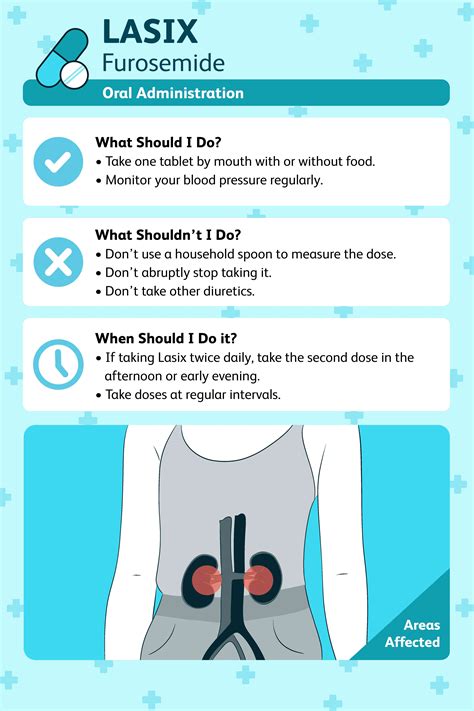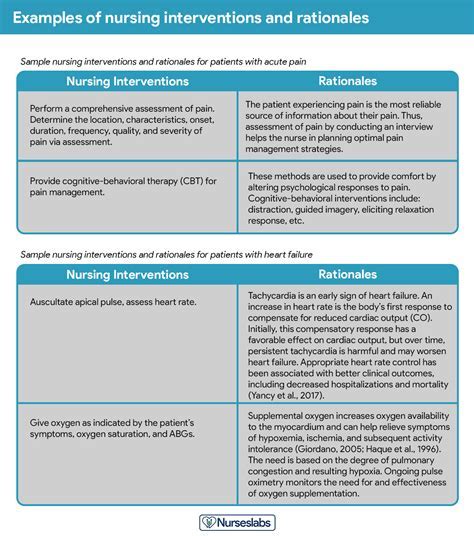Intro
Discover 5 key uses of Furosemide, a diuretic medication, including edema treatment, hypertension management, and heart failure relief, exploring its benefits and applications in medical therapy.
The importance of understanding medications and their applications cannot be overstated, especially when it comes to drugs like Furosemide. Furosemide, commonly known by its brand name Lasix, is a loop diuretic that has been widely used in the medical field for several decades. Its primary function is to help the body get rid of excess water and salt, which can be particularly beneficial for patients dealing with fluid retention and swelling caused by various medical conditions. The versatility of Furosemide extends across multiple medical specialties, making it a crucial drug in the management of several health issues.
Furosemide's mechanism of action involves inhibiting the sodium-potassium-chloride cotransporter in the ascending limb of the loop of Henle, which is a part of the nephron in the kidneys. This inhibition leads to a decrease in the reabsorption of sodium, chloride, and water, resulting in increased urine production. This effect is not only beneficial for reducing fluid overload but also for managing blood pressure in hypertensive patients. Given its broad applications, it's essential to delve into the specific uses of Furosemide, exploring how it benefits patients with different medical conditions.
The medical community has seen a significant reduction in morbidity and mortality rates due to the effective management of conditions like heart failure, nephrotic syndrome, and cirrhosis with ascites, all of which can lead to severe fluid retention. Furosemide plays a pivotal role in the treatment of these conditions by facilitating the removal of excess fluids from the body, thereby alleviating symptoms such as swelling in the legs and ankles, shortness of breath, and abdominal distension. Furthermore, the drug's ability to reduce blood volume and, consequently, blood pressure, makes it an adjunctive therapy in the management of hypertension.
Introduction to Furosemide Uses

Benefits of Furosemide in Medical Conditions
The benefits of Furosemide are multifaceted, offering relief from symptoms associated with fluid overload and helping in the management of blood pressure. For patients with heart failure, Furosemide can significantly improve quality of life by reducing edema and dyspnea, allowing for better mobility and respiratory function. In the context of hypertension, while Furosemide is not a first-line treatment, it can be used as an adjunct to other antihypertensive medications, particularly in patients with resistant hypertension or those with fluid retention issues. The drug's rapid onset of action, especially when administered intravenously, makes it a preferred choice in emergency situations, such as acute pulmonary edema.Applications of Furosemide in Different Medical Specialties

Steps for Administering Furosemide
Administering Furosemide requires careful consideration of the patient's medical condition, kidney function, and potential for drug interactions. The drug can be administered orally or intravenously, with the route of administration often determined by the urgency of the clinical situation and the patient's ability to take oral medications. For chronic conditions, oral administration is typically preferred, allowing for outpatient management. However, in acute settings, such as pulmonary edema, intravenous administration is chosen for its rapid effect. Monitoring of electrolyte levels, particularly potassium, is crucial due to the risk of hypokalemia associated with Furosemide use.Practical Examples and Statistical Data

Benefits and Working Mechanisms
The benefits of Furosemide are closely related to its mechanism of action. By inhibiting the sodium-potassium-chloride cotransporter, Furosemide increases the excretion of sodium, chloride, and water, thereby reducing fluid overload and lowering blood pressure. This action is beneficial for patients with conditions characterized by fluid retention and hypertension. The drug's efficacy in promoting diuresis makes it a valuable tool in the management of a wide range of medical conditions, from heart failure and nephrotic syndrome to liver cirrhosis with ascites.Main Content: Detailed Explanations and Examples

Steps and Key Information
Key information for healthcare providers includes the importance of monitoring renal function and electrolyte levels in patients taking Furosemide. The drug can cause hypokalemia, hypomagnesemia, and hypercalcemia, among other electrolyte imbalances, which can be severe and require prompt intervention. Additionally, patients should be advised to increase their potassium intake through diet or supplements to mitigate the risk of hypokalemia. The steps for administering Furosemide include determining the appropriate dose based on the patient's condition, monitoring for signs of dehydration or electrolyte imbalance, and adjusting the dose as necessary to achieve the desired therapeutic effect.SEO Optimization: Keyword Density and Synonyms

Practical Examples and Statistical Data
Statistical data and practical examples play a significant role in illustrating the effectiveness of Furosemide. For example, studies have shown that the use of Furosemide in patients with heart failure can lead to a significant reduction in hospitalization rates and improvement in symptoms. Moreover, data from clinical trials demonstrate the drug's efficacy in lowering blood pressure in hypertensive patients. These examples and data provide valuable insights into the benefits and potential uses of Furosemide, making it a crucial component of treatment strategies for various medical conditions.Engagement and Call to Action

FAQs

What is Furosemide used for?
+Furosemide is used to treat fluid retention (edema) in people with congestive heart failure, liver disease, or a kidney disorder such as nephrotic syndrome.
How does Furosemide work?
+Furosemide works by causing the kidneys to get rid of excess water and salt from the body into the urine.
What are the potential side effects of Furosemide?
+Potential side effects include dizziness, lightheadedness, headache, blurred vision, loss of appetite, stomach cramps, diarrhea, and increased urination.







